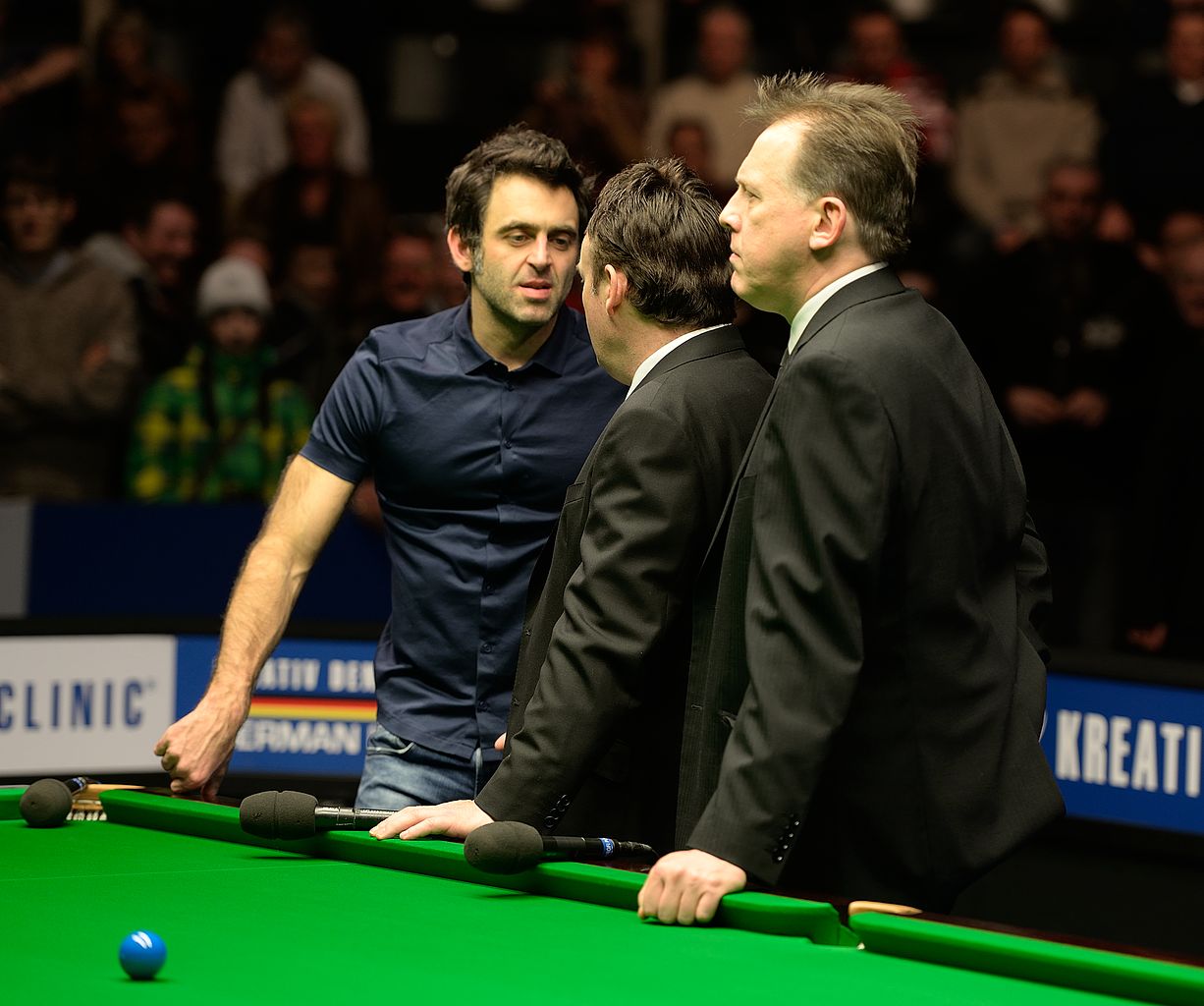A complete history of World Championship 147 breaks
It’s the time of the year that we should be enjoying the Snooker World Championship, but Covid-19 has again forced a postponement. The BBC has been screening a lot of classic matches to pass the time, and there’s something in snooker that never fails to get everyone excited – the 147 break. This pinnacle of excellence is a rare one, however; so, I thought I’d mark the Championship with a little look at the history of the 147 break.
A 147, or a maximum break, is the regarded as the highest possible achievement in a single frame of snooker. It is the perfect break, in which a player pots all 15 reds with 15 blacks, followed by all six of the colours. It’s a hard thing to accomplish, and in World Championship terms, it’s incredibly rare – the competition has been held since 1927, and only ten maximum breaks have ever been recorded. These have been concentrated among a few players. Stephen Hendry and Ronnie O’Sullivan both have three of the Crucible maximums, while Ali Carter, Cliff Thorburn, Jimmy White and Mark Williams have one each.
One year after the first televised maximum match, Cliff Thorburn became the first player to score 147 at the World Championship. Facing Derek Griffiths, Thorburn faced some awkwardly-spaced final reds to keep his break going, and got the crowd laughing as he took a little drink break before attempting one of the blacks. A tricky long pot on the first yellow was the last tough shot before Thorburn made the rest of the colours look easy. There was a certain energy in the crowd that clearly enthused the player – after each colour pot, the applause only got louder until he sunk the final black and made history.
Commentators and players believe O’Sullivan’s time will never be beaten
Ronnie O’Sullivan’s 1997 147 is widely regarded as the greatest maximum break ever made. Facing Mick Price in the first round, O’Sullivan came to the table and won the final frame of the match in style. From the moment he potted the first red, the Rocket’s snooker is never less than perfect – every shot is judged to perfection, and his ball control has never been better, as demonstrated by a fantastic cannon into the pack of reds after the seventh black. He breezes round the table as only a master of his game can and makes it look easy, achieving the maximum break in only five minutes and eight seconds. Commentators and players believe this time will never be beaten.
The final maximum break to date came from Stephen Hendry, during his retirement lap in the 2012 World Championship. Hendry’s break left an opportunity for his opponent Stuart Bingham – when Bingham missed, he wasn’t coming back to the table. This isn’t to say that Hendry had it easy, with a run of poor position after a misjudged canon was saved by some great shots that kept finding pockets. When he found his form again, the balls were nicely spaced and Hendry powered through to make his third maximum. The possibility of a 147 felt unlikely as the frame began, but Hendry turned the tide.
The highest total is 12 maximums in 2018, so this money is somewhat safe
The excitement of seeing a 147 break at the World Championship is palpable – it’s the highest feat of excellence in the sport, in the its most prestigious competition, and even your opponent hopes you’ll succeed. In order to encourage players to attempt this challenge, there’s a lot of prize money on offer. It was £147,000 in the 80s and 90s, but this quickly became unsustainable as the number of maximums increased, replacing with a rolling prize pot that began at £5,000. In 2018, £40,000 was made available, and World Snooker upped this total to £50,000 for the 2019 tournament. World Snooker Tour chairman Barry Hearn also replaced the rolling prize with a £1 million bonus if 20 maximums were made over a single season – currently, the highest total is 12 maximums in 2018, so this money is somewhat safe.
Hopefully, whenever the World Championship is finally played, a barrage of players will be able to add some more maximums to the board. Eight years is far too long for the last example, and nothing would mark snooker’s return better than this most impressive of breaks.

Comments